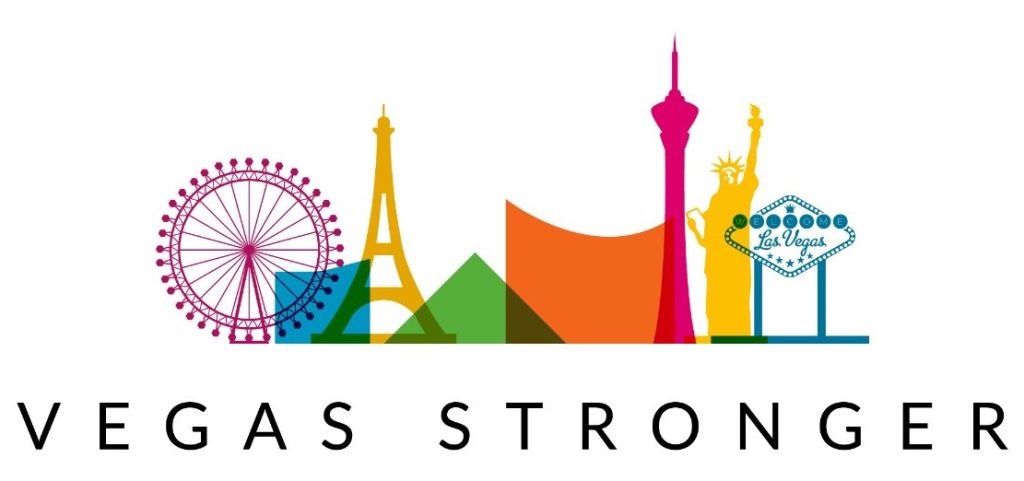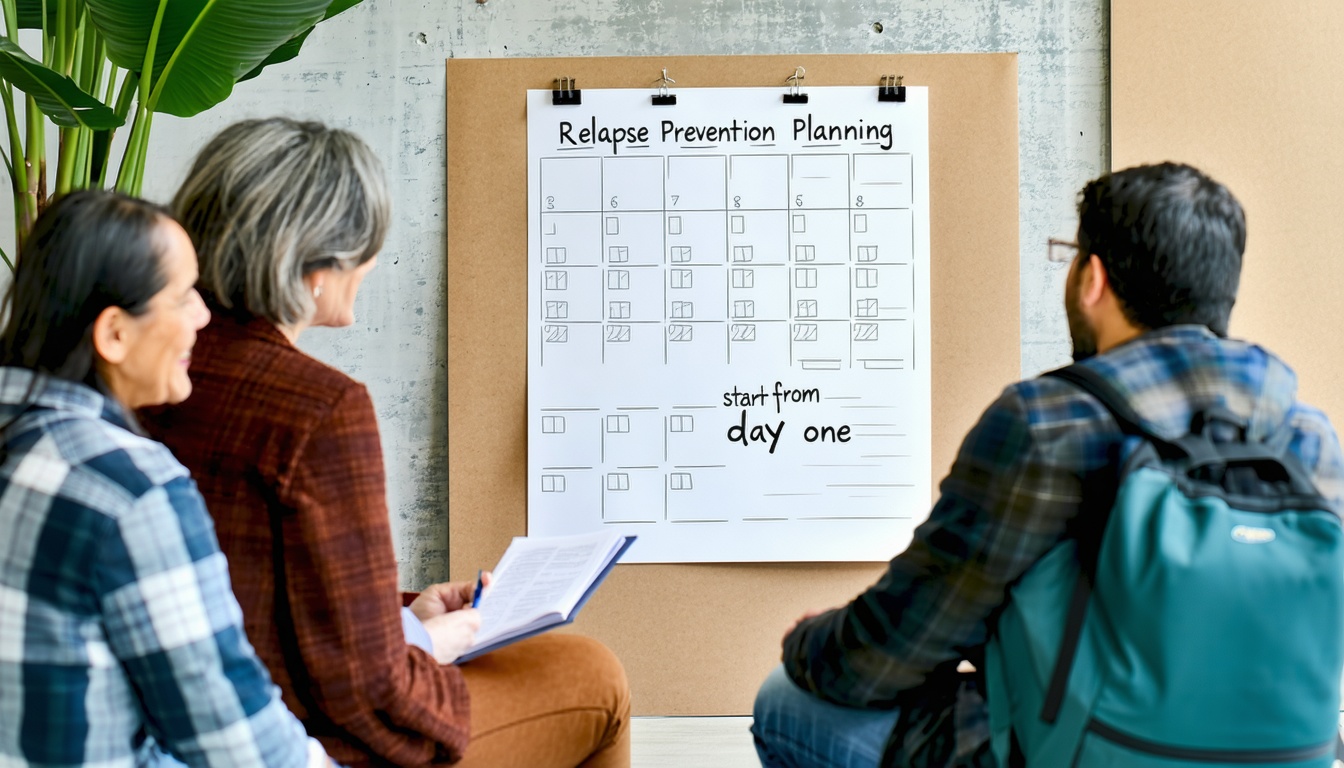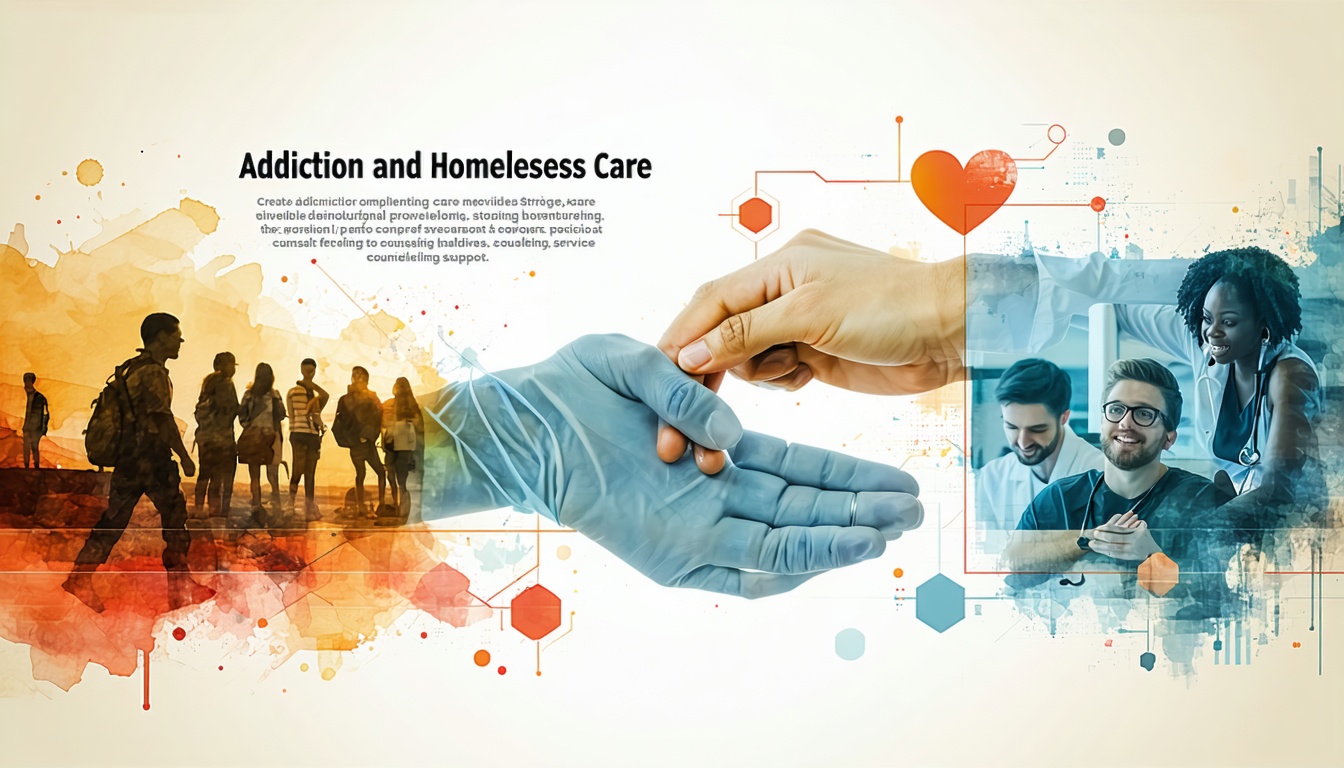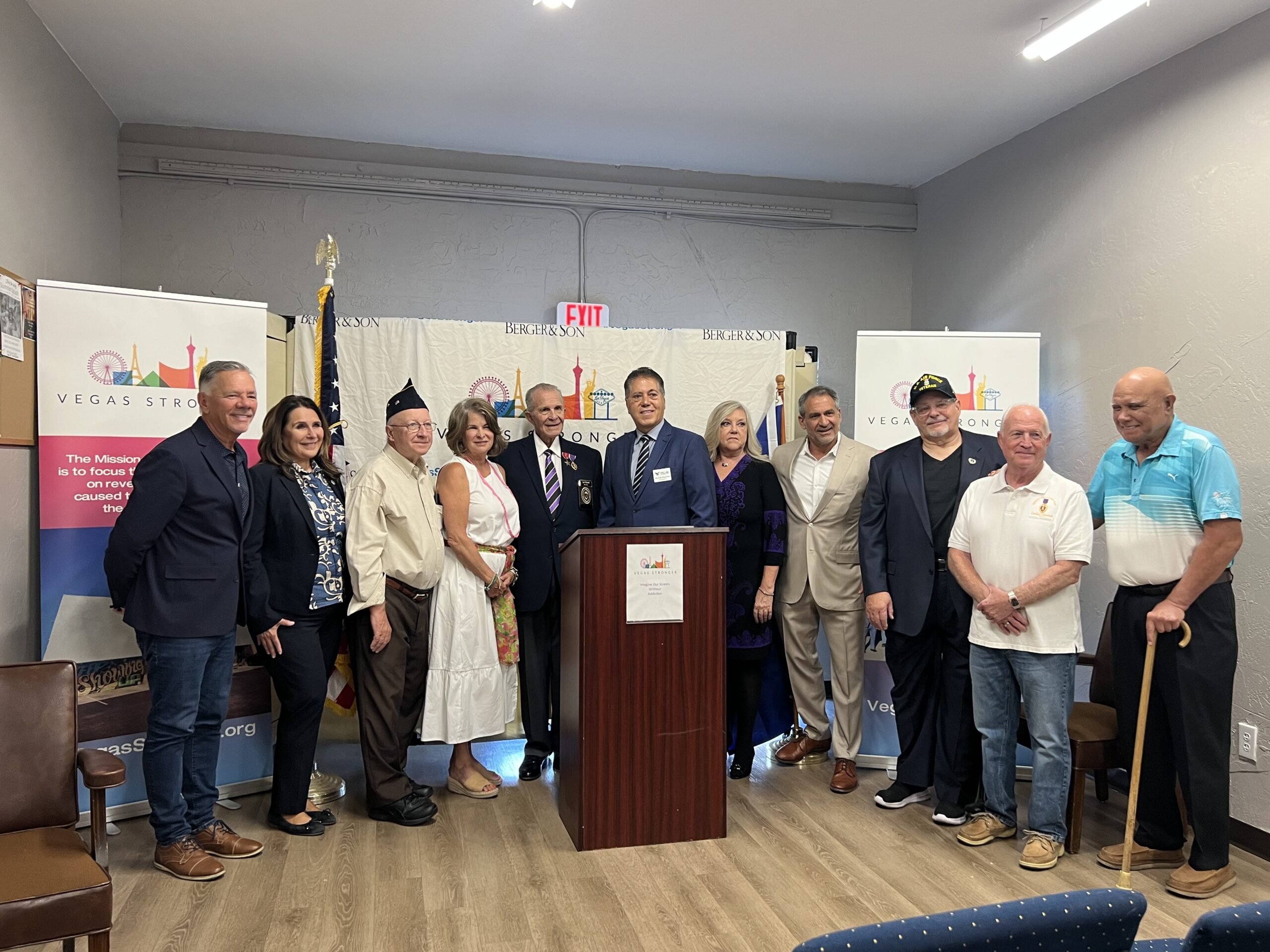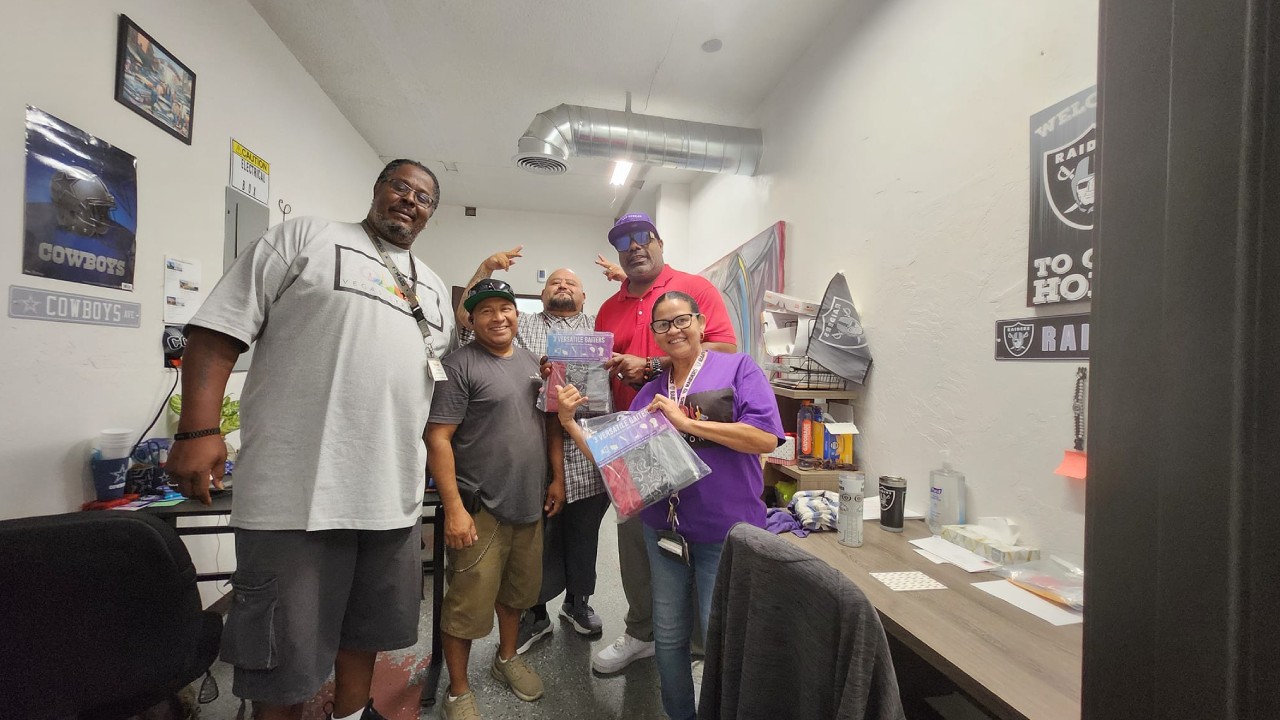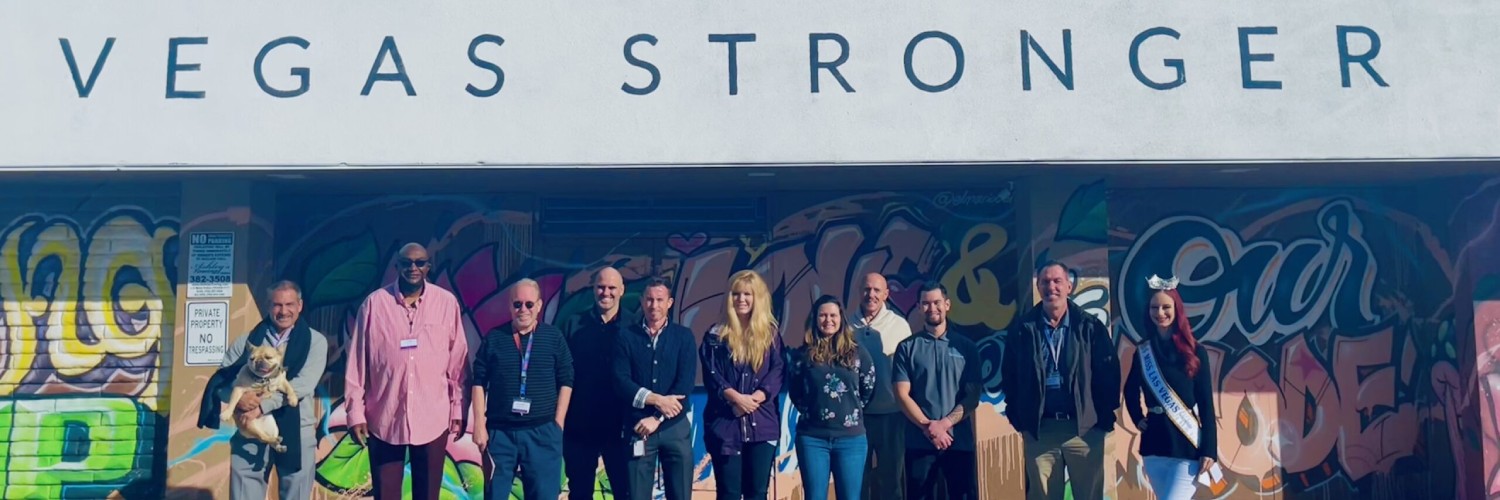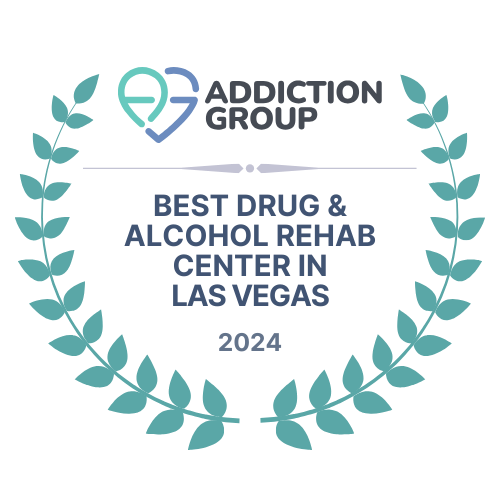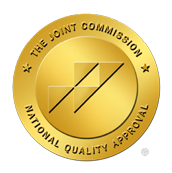Understanding Addiction Relapse
Phases of Relapse
Understanding the phases of relapse is essential for effective recovery. Relapse is not just a single event; it often involves several stages. The phases typically include emotional, mental, and physical relapse. During the emotional phase, individuals may experience feelings of anger, loneliness, or frustration that can lead to unhealthy coping mechanisms. The mental phase involves thoughts and cravings that increase the desire to use substances. Lastly, the physical phase occurs when the individual acts on these thoughts and cravings, resulting in substance use.
According to research, relapse rates are estimated to be between 40-60%, particularly within the first six months of recovery (The Arbor Behavioral Healthcare). It is crucial to recognize that relapse does not equate to failure. Instead, it may indicate the need to adjust treatment or revisit coping strategies.
| Phase | Description |
|---|---|
| Emotional | Feelings of frustration or loneliness may arise. |
| Mental | Cravings and intrusive thoughts about substance use. |
| Physical | Actual substance use occurs. |
Significance of Early Planning
Relapse prevention planning starts from day one in the recovery process. Early planning is vital as it helps individuals recognize personal behaviors that may signify a potential relapse. Developing a comprehensive plan allows individuals to map out strategies to combat triggers and cravings effectively.
Having a robust relapse prevention plan can significantly reduce the likelihood of relapse. This plan often includes identifying both internal and external triggers. Common triggers may involve stress, negative emotions, or exposure to social situations where substances are present (American Addiction Centers).
Moreover, utilizing models such as the Gorski-Cenaps Relapse Prevention Model or Marlatt’s Model can help address relapse risks by evaluating high-risk situations and personal susceptibility. Engaging in ongoing support and therapy further strengthens this early planning process, ensuring individuals feel equipped to handle the challenges of sobriety head-on.
For further insights, check out our overviews on what to expect from evidence-based addiction treatment at Vegas Stronger and the importance of 6- and 12-month follow-up after treatment.
Relapse Prevention Strategies
Relapse prevention planning starts from day one. By creating a comprehensive strategy, we can significantly reduce the chances of relapse during recovery. This includes identifying and managing triggers, emphasizing the importance of continuing care, and developing techniques to overcome cravings.
Identifying and Managing Triggers
A central element of relapse prevention is identifying and managing triggers that may lead to substance use. These triggers can be mental, emotional, social, or environmental. Recognizing what prompts cravings allows us to create effective management techniques.
| Trigger Type | Example | Management Techniques |
|---|---|---|
| Mental | Stress | Breathing exercises, mindfulness |
| Emotional | Sadness | Journal writing, talking with a therapist |
| Social | Friends using substances | Exit strategies, finding new social groups |
| Environmental | Bars or clubs | Avoidance, engaging in healthier activities |
Learning how to manage these triggers is vital. Techniques such as attending group therapy meetings, employing breathing techniques, or creating exit plans can help us maintain our commitment to recovery (New Hope Ranch).
Continuing Care Importance
Continuing care plays a pivotal role in our relapse prevention strategy. The importance of ongoing support cannot be overstated. Engaging in activities like therapy, support groups, and regular communication with healthcare providers helps us maintain recovery after initial treatment (New Hope Ranch).
| Continuing Care Activity | Purpose |
|---|---|
| Therapy | Provides coping strategies and emotional support |
| Support Groups | Offers community and shared experiences |
| Regular Monitoring | Ensures accountability and guidance |
By actively participating in long-term care, we foster an environment where recovery can thrive.
Overcoming Cravings
Navigating cravings is a crucial aspect of our relapse prevention strategy. Recognizing useful techniques for overcoming cravings empowers us during difficult moments. Techniques include:
- Distraction methods (engaging in hobbies or activities)
- Physical exercise (releasing endorphins)
- Seeking support from peers or mentors
Utilizing these strategies effectively helps us manage cravings without resorting to substance use (New Hope Ranch).
The path to recovery is challenging, but through strong relapse prevention strategies, we can build a solid foundation for long-term sobriety. By understanding and addressing triggers, prioritizing ongoing care, and mastering techniques to overcome cravings, we are better equipped to navigate our recovery journey. For further insight into effective treatments, consider visiting our section on what to expect from evidence-based addiction treatment at Vegas Stronger.
Personalized Relapse Prevention
Creating an effective relapse prevention plan is essential in combating addiction. At Vegas Stronger, we understand the importance of personalized strategies that cater to individual needs. This section focuses on tailored treatment plans, environmental considerations, and the impact of co-occurring conditions.
Tailored Treatment Plans
Each person’s journey through addiction recovery is unique. That’s why we emphasize the development of tailored treatment plans that align with an individual’s specific needs and circumstances. Our approach begins with a comprehensive assessment to understand the severity of addiction, co-occurring mental health conditions, and personal motivations.
A personalized plan includes:
- Individual therapy sessions
- Group therapy participation
- Medication-assisted treatment options, such as Suboxone or Methadone, which are designed to support long-term sobriety (Suboxone vs. Methadone: What is the Right Fit for You?)
- Customized coping strategies for managing cravings
This level of personalization ensures that we address not only the addiction itself but also the psychological and social factors contributing to it.
Environmental Considerations
The individual’s environment plays a crucial role in recovery. Factors such as social circles, living situations, and daily routines can either support or hinder sobriety. We help our clients analyze their surroundings and identify potential triggers that could lead to relapse. These triggers may include:
- People associated with past substance use
- Stressful environments
- Availability of substances
By recognizing these environmental cues, individuals can develop strategies to navigate their surroundings more effectively. As emphasized by American Addiction Centers, understanding the relationship between one’s environment and triggers is fundamental in crafting relapse prevention plans.
| Environmental Factor | Consideration |
|---|---|
| Social Circles | Identify friends who support sobriety |
| Living Situations | Create a safe and supportive home |
| Stress Management | Develop healthy coping mechanisms |
Impact of Co-occurring Conditions
Many individuals struggle with addiction alongside co-occurring mental health conditions such as anxiety, depression, or trauma. Addressing these conditions is vital for comprehensive recovery, as untreated mental health issues can lead to relapse.
At Vegas Stronger, we advocate for integrated treatment approaches that include both addiction care and mental health support. This approach reflects our belief in why Vegas Stronger combines medical and counseling services. Support may encompass:
- Therapy for managing mental health symptoms
- Medication management for psychological conditions
- Ongoing education about the relationship between mental health and substance use
Recognizing and treating co-occurring conditions not only enhances recovery outcomes but decreases the likelihood of relapse, allowing individuals to build healthier lives moving forward.
By focusing on personalized treatment, considering environmental influences, and addressing co-occurring conditions, we empower individuals to create robust relapse prevention plans. For more information on our treatment processes, refer to what to expect from evidence-based addiction treatment at Vegas Stronger.
Relapse Prevention Techniques
In our journey to understand relapse prevention, we realize that employing effective techniques is crucial for long-term recovery from addiction. These techniques include therapeutic approaches, medication considerations, and behavioral monitoring. Each component plays a vital role in helping our clients navigate recovery challenges and minimize the risk of relapse.
Therapeutic Approaches
Therapeutic methods are fundamental in fostering sustainable recovery. One of the primary approaches is Cognitive Behavioral Therapy (CBT), recognized for its effectiveness in promoting relapse prevention and enhancing abstinence rates (American Addiction Centers). CBT targets negative thought patterns and behaviors, equipping individuals with coping mechanisms to manage triggers and cravings effectively.
Incorporating therapy into our treatment plans is essential, as continuing care after treatment significantly impacts relapse prevention planning. Engaging in long-term care, such as therapy and support groups, is strongly encouraged for maintaining recovery (New Hope Ranch).
Medication Considerations
Medications can significantly contribute to preventing relapses for various substance use disorders. For instance, naltrexone and acamprosate are commonly prescribed for alcohol use disorders, while buprenorphine and methadone serve as critical treatment options for individuals dealing with opioid dependence. Each medication has been shown to vary in effectiveness based on the specific needs of the individual.
The following table summarizes some common medications used in addiction treatment:
| Medication | Substance Use Disorder | Key Features |
|---|---|---|
| Naltrexone | Alcohol Use Disorder | Helps reduce cravings and prevent relapse |
| Acamprosate | Alcohol Use Disorder | Used to maintain abstinence post-detox |
| Buprenorphine | Opioid Dependence | Reduces withdrawal symptoms and cravings |
| Methadone | Opioid Dependence | Stabilizes individuals and prevents illicit opioid use |
Understanding which medication is the right fit is essential in supporting our clients’ recovery journeys. For a more in-depth look at medication options, refer to our exploration of suboxone vs. methadone.
Behavioral Monitoring
Behavioral monitoring is an integral aspect of our relapse prevention strategies. Utilizing various forms of monitoring—such as urine drug screens, breathalyzers, and hair follicle tests—provides objective evidence of abstinence, crucial for many interventions (NCBI).
By incorporating routine monitoring, we can ensure our clients are adhering to their treatment plans, allowing for timely interventions if any setbacks occur. Moreover, this proactive approach can strengthen our clients’ commitment to recovery and act as a deterrent against potential relapses.
In summary, the combination of therapeutic approaches, medication considerations, and behavioral monitoring creates a comprehensive framework for effective relapse prevention. Each technique we utilize reflects our commitment to supporting individuals on their path to recovery. To learn more about our evidence-based methods, check our article on what to expect from evidence-based addiction treatment at Vegas Stronger.
Emotional Vs. Mental Relapse
Understanding the difference between emotional and mental relapse stages is essential for effective relapse prevention. This knowledge enables us to recognize signs early and take action to support recovery.
Emotional Relapse Signs
In the emotional relapse stage, individuals might not have a desire to use substances, but they exhibit behaviors that can lead to a potential relapse. Key signs include:
- Isolation: Withdrawing from social activities and support systems.
- Reduced Meeting Attendance: Skipping support group meetings or therapy sessions.
- Changes in Routine: Noticing alterations in sleep patterns or dietary habits.
These signs highlight the importance of acknowledging self-care and addressing feelings of denial (NCBI Bookshelf). Recognizing these early signs can help us intervene and support those in recovery effectively.
Mental Relapse Transition
The mental relapse stage occurs when internal conflict arises between the urge to use substances and the commitment to remain sober. Characteristics of this transition include:
- Cravings: Experiencing strong urges to use substances.
- Contemplation of Past Use: Reflecting on past substance use and its perceived benefits.
- Preplanning Substance Use: Considering scenarios for future use while attempting to maintain control.
Understanding these mental relapse signs is crucial for preventing the transition into a physical relapse (NCBI Bookshelf). We can assist individuals by encouraging open discussions about their feelings and thoughts during this critical phase.
Preventing Physical Relapse
Preventing physical relapse—the stage where substance use resumes—requires active intervention and proactive strategies. These strategies may include:
- Recognizing High-Risk Situations: Identifying environments or triggers that could lead to substance use.
- Developing Coping Strategies: Implementing techniques to manage cravings and stress.
- Establishing Support Networks: Utilizing supportive relationships to deter negative thought patterns.
Combating physical relapse necessitates a strong understanding of the emotional and mental stages that precede it. By monitoring these stages, we can intervene early and minimize the risk of full relapse (American Addiction Centers).
Through proactive support and interventions at each stage, we reinforce the commitment to sobriety, helping individuals navigate their recovery journey successfully.
Aftercare and Support Systems
Professional Treatment
We believe that professional treatment is crucial for effective recovery from addiction. This encompasses a combination of therapeutic interventions and medications to address the complexities of addiction. Engaging in professional care helps individuals to understand and manage their addiction more effectively. At Vegas Stronger, our approach integrates various evidence-based practices to provide the best support available.
Continuing care post-treatment is essential for maintaining recovery. Regular follow-ups with healthcare providers further ensure optimal healing through structured support, enabling individuals to navigate challenges that may arise in their recovery journey. For more on what evidence-based addiction treatment involves, check out our guide on what to expect from evidence-based addiction treatment at Vegas Stronger.
Cognitive Behavioral Therapy
Cognitive Behavioral Therapy (CBT) plays a significant role in our aftercare programs. This therapeutic approach focuses on identifying and modifying negative thought patterns and behaviors that may contribute to addiction. By exploring the connection between thoughts, feelings, and actions, individuals can develop healthier coping mechanisms and responses to stress.
CBT also addresses issues such as cravings and triggers. Armed with these strategies, individuals are better prepared to handle future challenges, significantly reducing their risk of relapse. We highly recommend exploring the benefits of CBT as part of a comprehensive relapse prevention plan. More information can be found on our page about how medication-assisted treatment (MAT) supports long-term sobriety.
Ongoing Peer Support
We understand the importance of community and connection in recovery. Ongoing peer support is instrumental in creating an environment where individuals can share their experiences and challenges. This support often comes through aftercare programs, support groups, or 12-step meetings, which foster a sense of accountability and belonging.
In addition to emotional support, peer groups provide valuable insights and practical strategies for maintaining sobriety. They encourage continued dialogue about coping mechanisms, healthy habits, and the day-to-day realities of living a substance-free life. Joining these networks can offer encouragement and motivation throughout the recovery journey.
Regular monitoring is also a key aspect of our support systems, ensuring continued abstinence and reinforcing positive behaviors. Monitoring methods include urine drug screens, breathalyzers, and other tests to ensure our clients stay on track. Objective measures aid in accountability and inform any necessary treatment adjustments. For more on monitoring strategies, consider our resources on managing cravings through medication and support.
At Vegas Stronger, we are committed to supporting individuals in their recovery journeys by providing the necessary tools and community connections to facilitate long-term success. Assistance through professional treatment, cognitive behavioral therapy, and ongoing peer support all contribute to making recovery a lasting experience.
